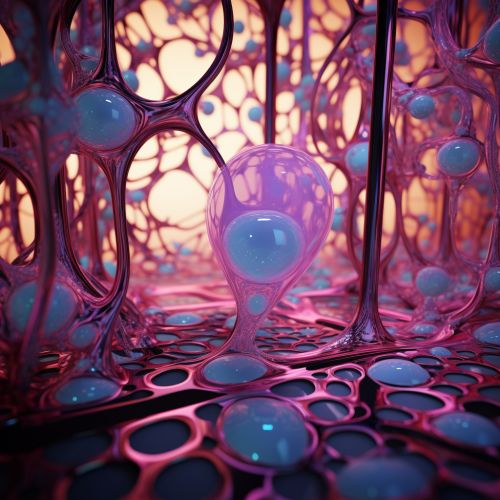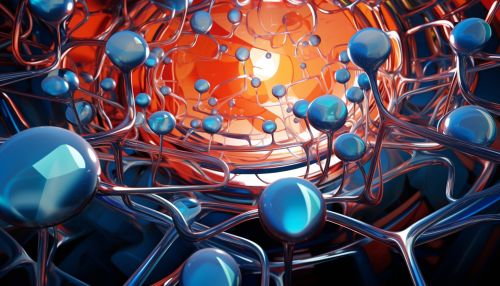Future Trends in Bioorthogonal Chemistry
Introduction
Bioorthogonal chemistry is a sub-discipline of chemistry that involves the study of chemical reactions that can occur inside living systems without interfering with native biochemical processes. This field has seen significant advancements in recent years, and future trends in bioorthogonal chemistry are expected to further revolutionize the way we understand and manipulate biological systems.


Bioorthogonal Reactions
Bioorthogonal reactions are a class of chemical reactions that can occur in the presence of biological macromolecules, such as proteins and nucleic acids, without interfering with their function. These reactions are characterized by their high selectivity, rapid reaction rates, and the ability to occur under physiological conditions. The concept of bioorthogonal chemistry was first introduced by Carolyn R. Bertozzi in 2003, and since then, a variety of bioorthogonal reactions have been developed, including the Staudinger ligation, the azide-alkyne cycloaddition, and the tetrazine ligation.
Future Trends
Development of New Bioorthogonal Reactions
One of the main future trends in bioorthogonal chemistry is the development of new bioorthogonal reactions. While the currently available reactions have proven to be extremely useful, there are still many challenges that need to be addressed. For example, many bioorthogonal reactions require the use of catalysts, which can be problematic in biological systems due to their potential toxicity. Therefore, a major area of research is the development of catalyst-free bioorthogonal reactions.
Another challenge is the need for reactions that can occur at faster rates. While the currently available reactions are quite fast, there is always a need for faster reactions, especially for applications in live-cell imaging and real-time monitoring of biological processes. Therefore, the development of ultrafast bioorthogonal reactions is another major area of research.
Expansion of Bioorthogonal Toolbox
Another future trend in bioorthogonal chemistry is the expansion of the bioorthogonal toolbox. This includes the development of new bioorthogonal groups, new bioorthogonal reactions, and new methods for introducing bioorthogonal groups into biological molecules. The expansion of the bioorthogonal toolbox will allow for more complex and sophisticated experiments to be performed, and will open up new avenues of research in bioorthogonal chemistry.
Integration with Other Disciplines
Bioorthogonal chemistry is a highly interdisciplinary field, and one of the future trends is the increased integration with other disciplines. For example, bioorthogonal chemistry is increasingly being used in conjunction with molecular biology, cell biology, and bioengineering to develop new tools and techniques for studying and manipulating biological systems. This trend is expected to continue in the future, with bioorthogonal chemistry playing a central role in the development of new technologies in the life sciences.
Conclusion
The future of bioorthogonal chemistry looks very promising, with many exciting developments on the horizon. The development of new bioorthogonal reactions, the expansion of the bioorthogonal toolbox, and the increased integration with other disciplines are all expected to drive the field forward and lead to new discoveries and applications. As our understanding of bioorthogonal chemistry continues to grow, so too will its impact on the life sciences and beyond.
